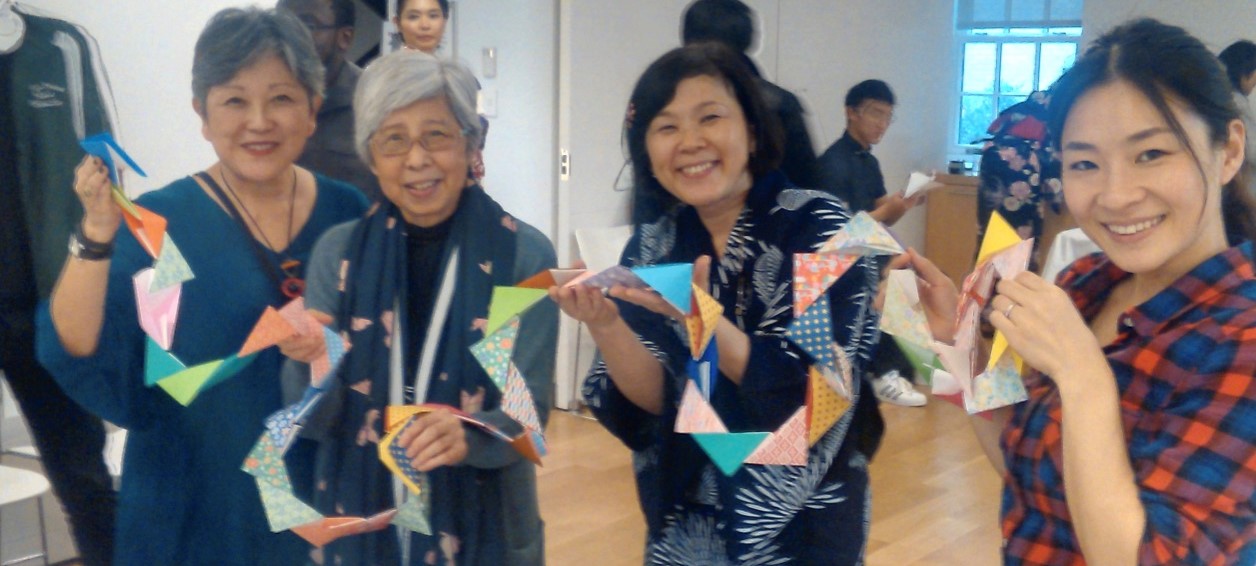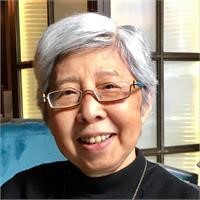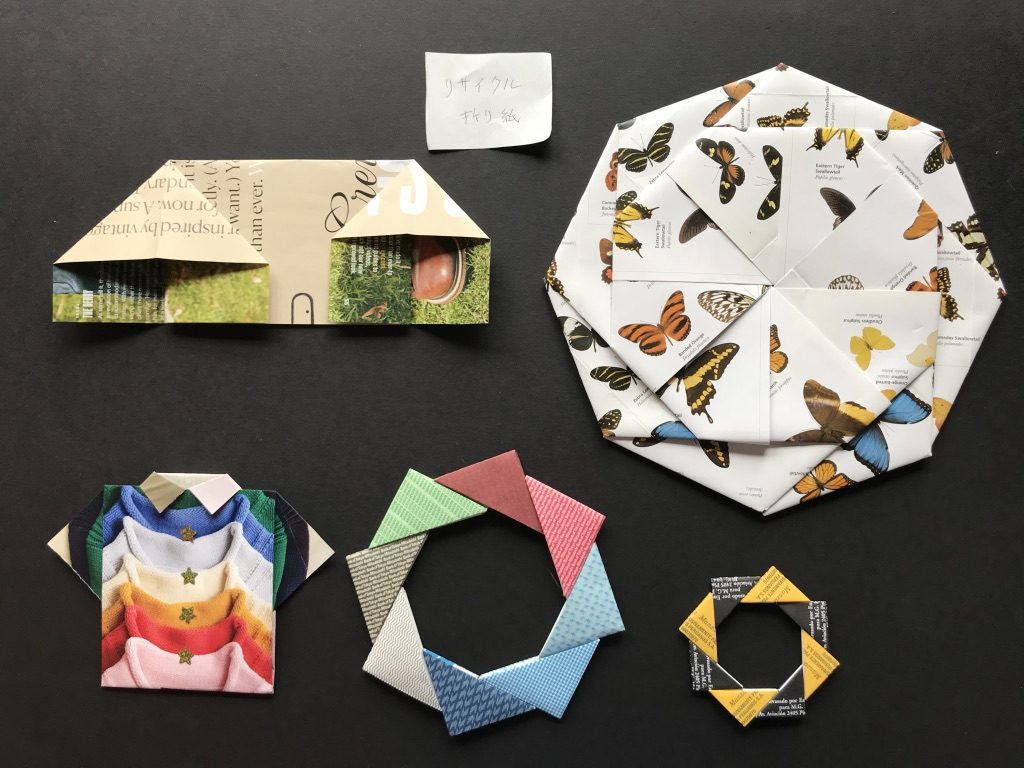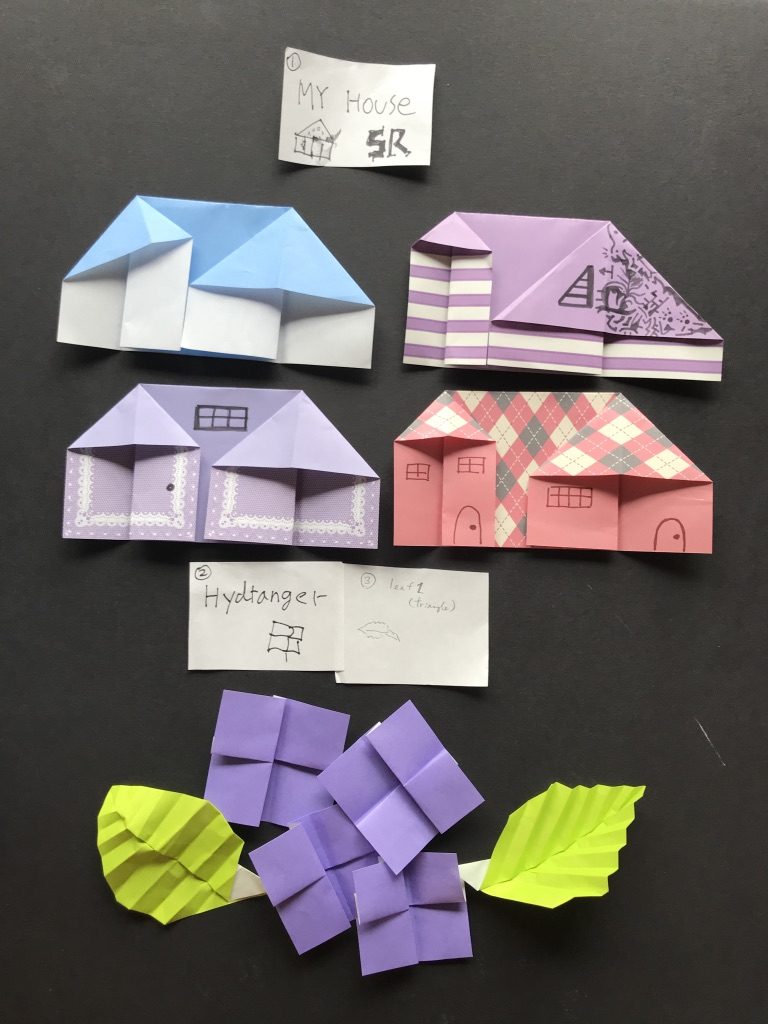May 29, 2019 | Trauma | #WeAreArtTherapists
Origami within the context of an art therapy session can have many uses, including‒but not limited to‒ helping people deal with trauma, practicing mindfulness, and even promoting sensorimotor skills or frustration tolerance. However, the art form has a history that spans back even further than the term “origami” itself.
We spoke with art therapist and creator of Expressive Origami Therapy (EOT), Toshiko Kobayashi, LCAT, ATCS, ATR-BC, to get a more in-depth look into the origins of origami, as well as its past and modern role in art therapy practice.
Thanks so much for talking with us! Origami is often used as a technique in art therapy and, as an art form, has a long history beginning in Asia. Can you talk a bit about the origins of origami and how it came to be integrated into art therapy practice?
There are variations and some confusions that exist among us for understanding origami (the activity of folding paper and the product). The word “origami” is a Japanese word that has roots in the 20th century. The naming itself shows a modern trend toward English, although there have been different names that represent folding paper all over the world. Historically, paper was invented in China around 2 BCE, then Japanese people learned how to manufacture paper from Koreans as early as 5 CE. However we do not have any historical evidence about whoever did so-called “origami” for the first time. Thus we can easily assume that a process of folding paper existed for more than two thousand years since it was invented in China.
As a Japanese person, I am standing on the long line of the tradition of origami, and think of origami as a beneficial tool for our well-being. When I came to the US to study art therapy, I already had an idea of using origami as a tool of art therapy. Then I looked for my chance to practice origami at my art therapy internship placement.

Japan Culture Day at NYU East Asian Studies Department
You developed a theory of Expressive Origami Therapy (EOT) based on your experience as an art therapist. What are the fundamental components of EOT?
It was not an easy path initially to use origami consistently as a tool of art therapy. However, some of the art therapy professors, including Edith Kramer, encouraged me to explore the therapeutic use of origami. Eventually I wrote my thesis after I had a series of origami therapy sessions for an adult day care center as an art therapy intern.
My approach, Expressive Origami Therapy (EOT), has been practiced at many settings, including individual and as group sessions, for people who need help-for example, people with mental illness, the young and old with behavior problems, and people who are affected by man-made and natural disasters. The EOT’s fundamental components are based on western theory of psychology and art therapy, in addition to my background as someone deeply influenced by Asian philosophies.
In your work, you advocate for and discuss how origami can be used to address trauma. Can you tell us more about this?
One of the reasons why I was interested in studying art therapy was because of my experience with a medical delegation to Palestine, which was supported by the Japanese Government during the 1990s. I met with many people affected by traumatic events and suffering from mental and emotional distress. Since there were overall very limited resources, they appreciated medical supplies and medical professionals. At the same time I found out they were eager to look for activities and chances to express themselves, regardless of physical and mental limitations. I was an artist and had extensive experience providing art programs at that point. However, I had no formal education in psychology at that time and felt that I was not equipped enough to run art programs for those people who were suffering from the situation they were in.
Later on, after I studied art therapy, I furthered my expertise in trauma care. I experienced 9-11 while in New York City and became a crisis counselor of Project Liberty. That experience gave me a chance to study more on trauma. Then I had an opportunity to work for a New York State psychiatric hospital where I treated people with severe and traumatic childhood experiences (TCE). Throughout my experiences, origami was a perfect tool for me to communicate as an art therapist with people without voices and beyond the limitation of language. Treatment with EOT parallels the four stages that people who experienced severe traumatic events most likely go through: avoidance, alteration, acceptance, and adaptation. Why this is so can be easily explained by an actual hands-on experience of EOT.
- Recycle Origami using found paper: brochures, pamphlet, teabag envelope, and security envelope.
- “My House” and “Hydrangea” from Base #1 Rectangle Fold
- ISPS Meeting in Philadelphia – “Trauma Program for Staff”
Your recent book 脳セラピー折り紙 (Brain Therapy Origami) has been published in Japanese, but you are looking into translating it into English. Have you observed any cultural differences—or similarities!—in how people approach origami in art therapy?
As we have started to be aware of the increased numbers of aging population worldwide, governments in China, Korea, Japan, and other countries in Asia, have started to tackle the issue seriously. Baby-boomers in the United States have reached retirement age as well. Overall, the lack of therapeutic and accessible programs for the aging population has become another universal issue.
I had an offer from a publisher to write an origami book for the aging population. They agreed to follow the EOT approach and techniques, although there are areas that I have to compromise as there are clear cultural differences in how people look at origami as a craft, as well as views on therapy in Japan and in the US. Having experiences working with people outside Japan, I learned that the mental and emotional fabrics of Japanese people are very different. The basic cultural component is clearly the most important part of adapting origami in treatment and cannot be generalized. Even in Japan, individualization in treatment of EOT is the key for the success.
What’s a project that you are currently working on or interested in exploring with art therapy?
I am currently working on the Brain Therapy Origami workbook for treatment as well as for training purposes based on my book 「脳セラピー折り紙(Brain Therapy Origami). It can be used as a supplementary exercise book, although it will be structured as an instruction of drills that anyone can follow and offers the most effective forms of origami. It also aims for art therapists and caregivers who are not familiar with origami to encourage adapting origami as a program. Origami is an activity that is simple, clean, and easy to manage even in limited settings. This will be a very unique exercise book and a first of its kind. If anyone is interested in using the workbook on a trial basis, please contact me at eorigamit@gmail.com. Also please feel free to contact me for anything.
About the Art Therapist
 Toshiko Kobayashi, LCAT, ATCS, ATR-BC is originally from Japan. She has an MA in art therapy from New York University (NYU) and worked as a crisis counselor after 9-11. She formulated the theory of Expressive Origami Therapy (EOT), emphasizing the use of origami as a tool of art therapy in trauma work, which covers a wide range of age groups who have diversity in issues. She has retired from the Trauma Program as Staff Coordinator at Bronx Psychiatric Center and is continues to be a consultant; currently practicing art therapy privately. She is also a founder of the Community of Japanese Creative Arts Therapists (CJCAT) and Origami Therapy Association (OTA). Since 2011 she has been involved in Japan relief work for people in the Fukushima area.
Toshiko Kobayashi, LCAT, ATCS, ATR-BC is originally from Japan. She has an MA in art therapy from New York University (NYU) and worked as a crisis counselor after 9-11. She formulated the theory of Expressive Origami Therapy (EOT), emphasizing the use of origami as a tool of art therapy in trauma work, which covers a wide range of age groups who have diversity in issues. She has retired from the Trauma Program as Staff Coordinator at Bronx Psychiatric Center and is continues to be a consultant; currently practicing art therapy privately. She is also a founder of the Community of Japanese Creative Arts Therapists (CJCAT) and Origami Therapy Association (OTA). Since 2011 she has been involved in Japan relief work for people in the Fukushima area.
Kobayashi retired from her position of Staff Coordinator in the Trauma Program at Bronx Psychiatric Center but continues working as a consultant and in private practice.
She is a member of JAANY Aging committee as well as a trainer for Caravanmates, Japanese social well fair programs for the issue of aging population. She earned a certificate studying aging issues from John Hopkins University and offers origami workshops for the aging population in NYC.
She lectures at schools, including: NYU, Albert Einstein Medical School, New School, Pratt Institute, Assumption University (Thailand) and Lasalle School of Arts (Singapore). She also presents at professional conferences and organizes events and workshops internationally (including Algeria, Brazil, Canada, Japan, Morocco, Palestine, Peru, Singapore, South Africa, Thailand, and the US and Japan). Furthermore, she has authored chapters, research articles, and essays on origami, supervises art therapists and art therapy students.



